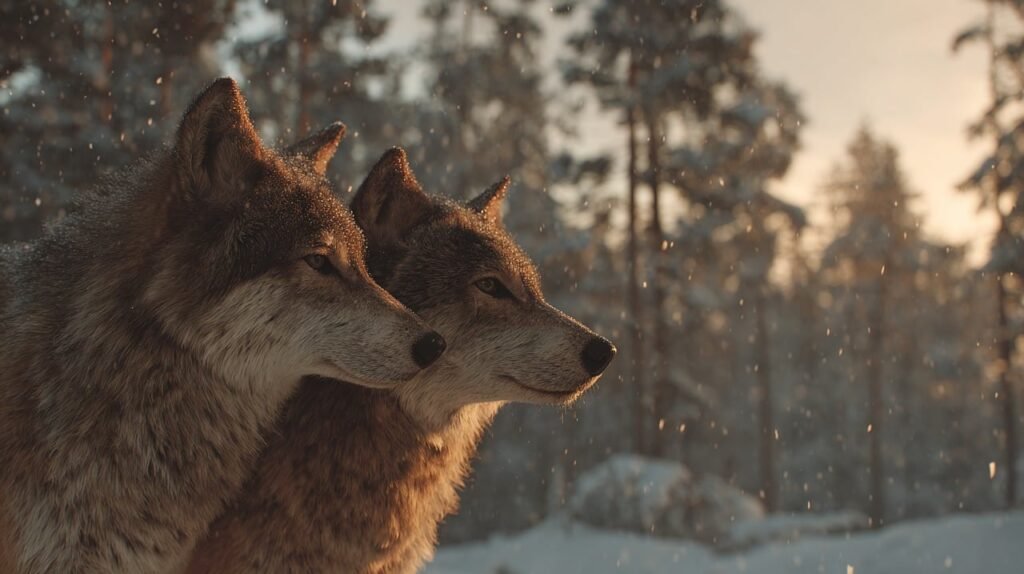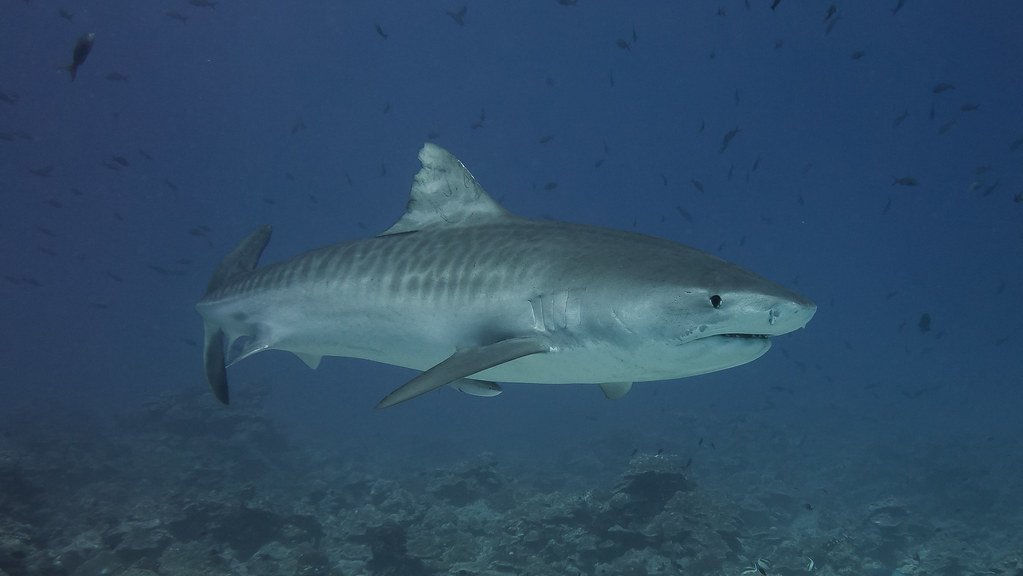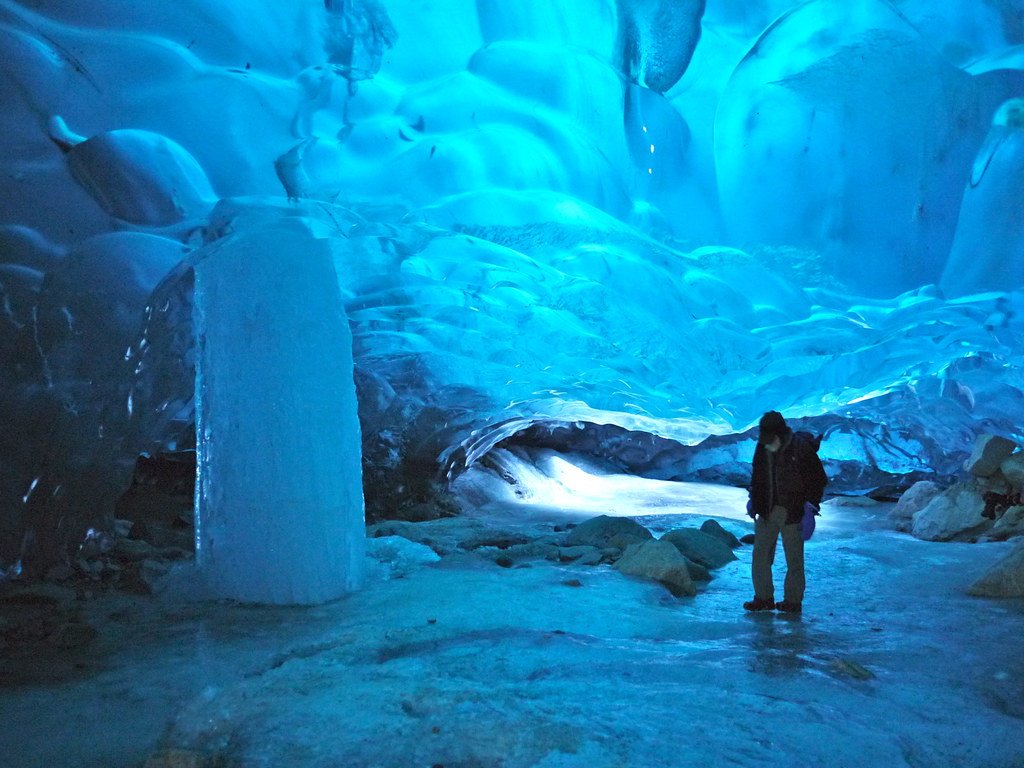For centuries, we’ve drawn sharp lines between ourselves and the animal kingdom. We’ve prided ourselves on being the rational ones, the emotional ones, the creative problem-solvers. Yet recent scientific breakthroughs are painting a startling picture that challenges everything we thought we knew about what makes us uniquely human.
The truth is both humbling and fascinating. From ravens planning for tomorrow’s breakfast to elephants mourning their dead, from dolphins teaching their young specialized hunting techniques to chimpanzees showing genuine empathy, the natural world is brimming with behaviors we once considered exclusively ours. What if the gap between human nature and animal instinct isn’t as wide as we imagined? Let’s dive into the remarkable discoveries that are reshaping our understanding of the wild traits we share.
The Universal Language of Grief

Watch an elephant standing vigil over a fallen family member, and you’ll witness something that looks remarkably similar to human mourning. An elephants ability to feel deep empathy is hugely evident in how they grieve and mourn their dead. The experience of loss for an elephant, whether through forced separation or death, significantly impacts them. Asian elephants, in particular, are among the few non-human species believed to express some form of grief following the death of a family member.
This isn’t just anthropomorphic wishful thinking. Scientists have documented similar grief behaviors across multiple species. The behaviors of elephants, chimpanzees, sea lions, and geese suggesting grief in response to the loss of a mate or offspring have been well documented. The dolphin who carries a dead baby around for several days is inferred to be experiencing both grief and love. Even prairie dogs, often dismissed as simple rodents, show signs of mourning when they lose family members.
Animals that grieve include elephants, wolves, sea lions, magpies, and many more. A recent video of javelinas (peccaries that live in the American southwest) show that they mourn their dead. What makes this particularly striking is that grief serves no obvious survival function, suggesting these emotional responses run deeper than mere evolutionary programming.
Problem-Solving Prowess That Rivals Human Innovation

One of the most famous demonstrations of avian intelligence comes from New Caledonian crows. In laboratory tests, these birds have bent straight pieces of wire into hooks to retrieve food from narrow tubes. This act was not instinct – it was invention. The crow recognized the problem, manipulated the material, and applied a new solution.
This kind of flexible problem-solving appears throughout the animal kingdom. Caledonian crows can solve problems and build tools, and can solve multiple-step puzzles that require a plan. Think about that for a moment – these birds can plan multiple steps ahead, much like a human carpenter visualizing the entire project before picking up the first tool.
Asian elephants may use tools in insightful problem solving. A captive male was observed moving a box to a position where it could be stood upon to reach food that had been deliberately hung out of reach. Elephants have also been known to drop large rocks onto an electric fence to either ruin the fence or cut off the electricity. Such behavior suggests not just problem-solving ability, but actual understanding of cause and effect.
Tool Use: The Great Equalizer

The notion that tool-use is unique to humans has long been refuted by the growing number of observations of animals using tools across various contexts. From sea otters cracking shells with rocks to chimpanzees fashioning termite fishing sticks, tool use has emerged as a widespread animal trait rather than a human specialty.
A group of dolphins in Shark Bay uses sea sponges to protect their beaks while foraging. Sea otters will use rocks or other hard objects to dislodge food (such as abalone) and break open shellfish. Many or most mammals of the order Carnivora have been observed using tools, often to trap prey or break open the shells of prey, as well as for scratching and problem-solving.
Perhaps most impressively, some animals have learned to use meta-tools – tools that help them get other tools. For example, New Caledonian crows will spontaneously use a short tool to obtain an otherwise inaccessible longer tool that then allows them to extract food from a hole. Similarly, bearded capuchin monkeys will use smaller stones to loosen bigger quartz pebbles embedded in conglomerate rock, which they subsequently use as tools.
Empathy Beyond Human Borders

One of our most cherished human traits is empathy – the ability to understand and share the feelings of others. Yet research reveals this capacity extends far beyond our species. Mother hens show one of the essential underpinning attributes of empathy: the ability to be affected by, and share, the emotional state of their distressed chicks.
Macaques refused to pull a chain that delivered food to themselves if doing so also caused a companion to receive an electric shock. This inhibition of hurting another conspecific was more pronounced between familiar than unfamiliar macaques, a finding similar to that of empathy in humans. This suggests that empathy isn’t just about feeling – it’s about caring enough to sacrifice personal gain for another’s wellbeing.
The neural basis for empathy seems to be surprisingly conserved across species. Rodent species can show helping behaviors and consolation behavior, so they also seem to be good models for the study of the physiology and neurological basis of empathy and have helped to describe the implication of oxytocin and of the ACC in this emotion related process. Even mice, it turns out, can show compassionate behavior toward their cage mates in distress.
Communication Complexity That Challenges Human Supremacy

Human language has long been considered our crowning achievement, but animal communication systems are proving far more sophisticated than previously imagined. Gunnison’s prairie dogs seem to have a fairly complex language… rather than just sounding a basic alarm call, researchers have found that their alarm calls can describe specific predator speed, color, shape, and size.
The communication divide may be more about our inability to decode their signals than their inability to create them. And when researchers slow a hummingbird’s chirp down, it seems the song may be as complex as a song from some other birds, though more studies need to be done to understand this. Do we view animal “language” as limited just because we have trouble understanding it?
For example, honeybees have excellent colour vision and can remember the colours of the flowers they visit, but the honeybee dance ‘language’ allows a forager to communicate only the spatial location of the flower and has no provision for expressing colour information. This suggests that many animals might possess rich internal worlds that their communication systems simply can’t fully express – much like humans sometimes struggle to put complex emotions into words.
Memory and Learning That Spans Generations

Animals don’t just learn – they create cultures that persist across generations. They pass these techniques to others, suggesting not just individual cleverness but cultural transmission – an element once thought exclusive to humans. This cultural learning appears in species as diverse as dolphins, elephants, and various bird species.
Research has shown that elephants have excellent long-term memory and can remember other elephants after decades of separation. If that’s so, there is no reason they couldn’t also remember traumatic experiences for long periods of time. Such extended memory capacity rivals our own ability to recall significant life events.
The learning abilities of some animals are truly remarkable. Due to their domestic nature and personalities, dogs have lived closely with humans, and parallels in communication and cognitive behaviours have therefore been recognised and further researched. Joly-Mascheroni and colleagues (2008) demonstrated that dogs may be able to catch human yawns and suggested a level of empathy in dogs, a point that is strongly debated. Pilley and Reid found that a Border Collie named Chaser was able to successfully identify and retrieve 1022 distinct objects/toys.
Self-Awareness: The Mirror of Animal Consciousness

Self-awareness has long been considered the ultimate marker of consciousness and intelligence. Yet several animal species have demonstrated this capacity through mirror recognition tests. Asian elephants have been found to pass the mirror test (Plotnik et al., 2006.) In this test, marks are placed on the animal to see whether they use the mirror to inspect themselves. When they successfully inspect themselves, this is considered to be evidence of self-awareness. Elephants self-recognition abilities were parallel to those of apes and dolphins. For context: human children are not capable of this until at least 18-24 months old.
Elephants have recently been suggested to pass mirror self-recognition tests, and such tests have been linked to the capacity for empathy. However, the experiment showing such actions did not follow the accepted protocol for tests of self-recognition, and earlier attempts to show mirror self-recognition in elephants have failed, so this remains a contentious claim. The very fact that we’re debating whether animals possess self-awareness shows how the boundaries of consciousness continue to blur.
Emotional Sophistication Beyond Survival

Scientific research backs the idea of emotions in animals. In fact, researchers have observed empathy in them, as well as grief, fear and other complex emotions often associated primarily with humans. These aren’t just basic survival responses – they represent genuine emotional experiences that shape animal behavior in complex ways.
And animals do appear to feel joy and sorrow. There are videos out there showing a raven using a piece of plastic to sled down part of a snowy roof. The raven picks it up and slides down over and over again… they aren’t playing with another bird, they are enjoying sledding and having fun, perhaps feeling joy. Such playful behavior serves no survival purpose other than the pure experience of enjoyment.
Cognitive bias tests and learned helplessness models have shown feelings of optimism and pessimism in a wide range of species, including rats, dogs, cats, rhesus macaques, sheep, chicks, starlings, pigs, and honeybees. Jaak Panksepp played a large role in the study of animal emotion, basing his research on the neurological aspect. The breadth of species showing these complex emotional states suggests that rich inner lives may be far more common in the animal kingdom than we ever imagined.
Cognitive Flexibility That Mirrors Human Adaptability

Together, these lines of research demonstrate that the cognitive distinctions that have been made between humans and other animals may be greatly exaggerated. Animals display remarkable flexibility in their thinking, adapting their behavior to novel situations in ways that suggest genuine understanding rather than mere instinct.
Furthermore, examples of sunk cost in pigeons suggests that the human need to continue working on a failing project may also have a biological basis. Finally, pigeons show a preference for a suboptimal choice that is similar to unskilled human gambling, a finding that may clarify why humans are so prone to engage in this typically losing activity. Remarkably, even our cognitive biases and seemingly irrational behaviors have parallels in other species.
Intelligence is not unique to humans – it is a spectrum, expressed in diverse ways across species. If animals are capable of thought, planning, and even culture, then our treatment of them demands deeper consideration. This cognitive flexibility extends to problem-solving, social behavior, and even decision-making processes that mirror our own mental shortcuts and biases.
Social Bonds That Define Life and Death

The social fabric of animal communities rivals the complexity of human societies in many ways. Their social lives are so complex it has taken years of research to understand them, and we are still continuing to learn. Female Asian elephants will have anywhere from 10-50 friends, but they may not see them for long periods of time, instead they will communicate with them both chemically (through scent) and acoustically (through sound), sending messages that travel further than we can measure. This allows them to stay aware of each other’s whereabouts, even when miles apart.
Adult female Asian elephants often cross busy roads first to protect the younger ones. The younger elephants then cross, followed by the adult females who ensure everyone gets across safely. These remarkable actions showcase the depth of their social bonds and their natural instinct to protect the vulnerable. Such coordinated protection of the group’s most vulnerable members demonstrates both planning and genuine care for others’ wellbeing.
Long-term relationships are essential for the psychological wellbeing of humans and many animals. The parallel extends beyond just having social connections – it’s about the quality and emotional significance of these relationships that matter for psychological health across species.
Conclusion

The scientific evidence is clear: the traits we once claimed as uniquely human are scattered throughout the animal kingdom like seeds on fertile ground. From the grieving elephant to the tool-crafting crow, from the empathetic rat to the self-aware dolphin, animals continue to surprise us with the depth and sophistication of their inner lives. Detailed comparative research clearly shows that diverse animals are sentient and have rich and deep emotional lives. In the past 20 years, research in this field has exploded.
Perhaps the real revelation isn’t that animals are more like us than we thought, but that we’re more like them than we cared to admit. We’re all part of the same evolutionary story, shaped by the same forces that favor intelligence, cooperation, and emotional complexity. The wild traits we share aren’t coincidences – they’re testament to the common threads that weave through all conscious life on Earth.
What do you think about these remarkable similarities ? Tell us in the comments.

Jan loves Wildlife and Animals and is one of the founders of Animals Around The Globe. He holds an MSc in Finance & Economics and is a passionate PADI Open Water Diver. His favorite animals are Mountain Gorillas, Tigers, and Great White Sharks. He lived in South Africa, Germany, the USA, Ireland, Italy, China, and Australia. Before AATG, Jan worked for Google, Axel Springer, BMW and others.




